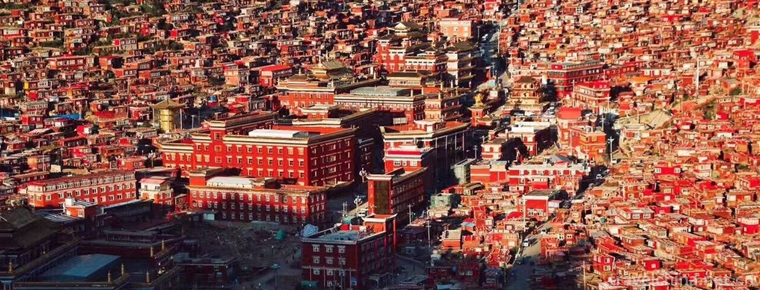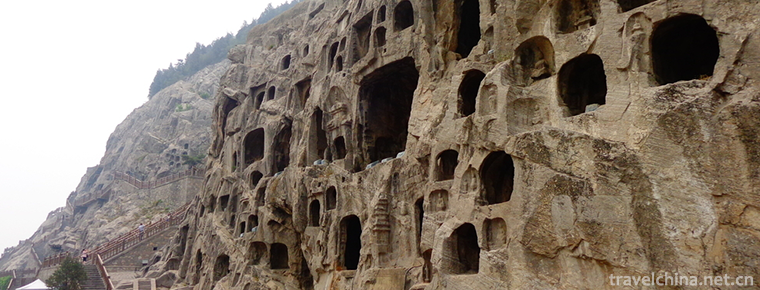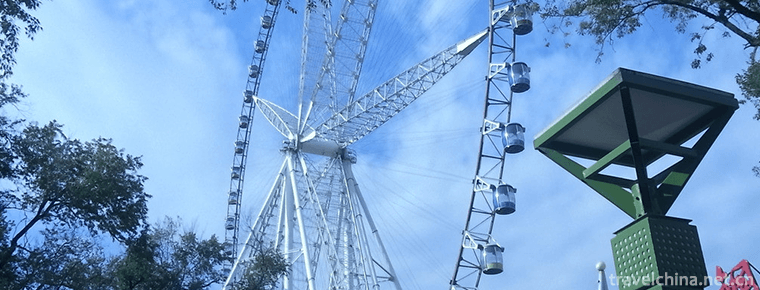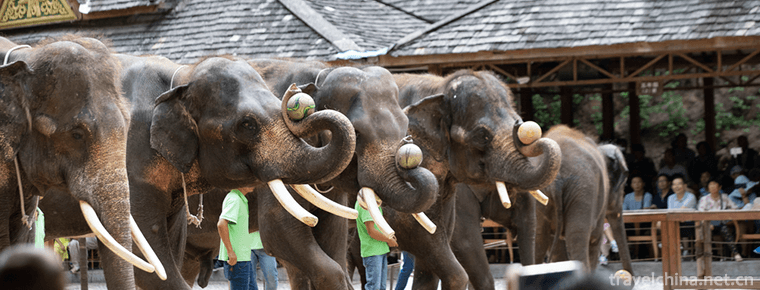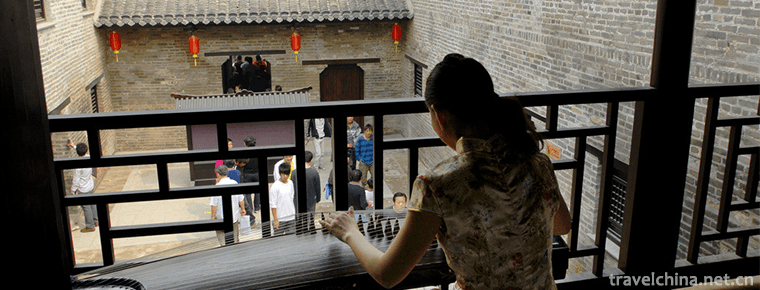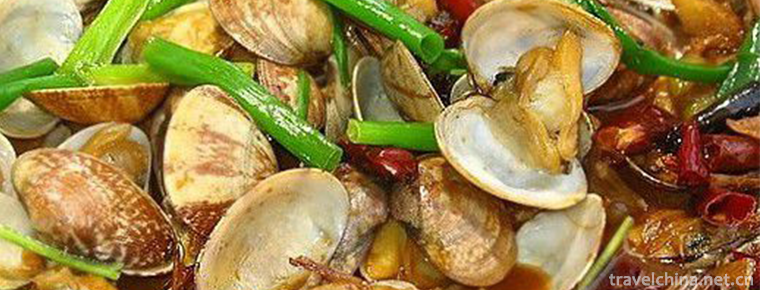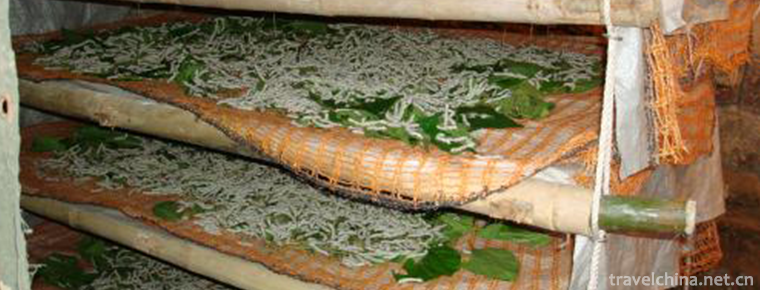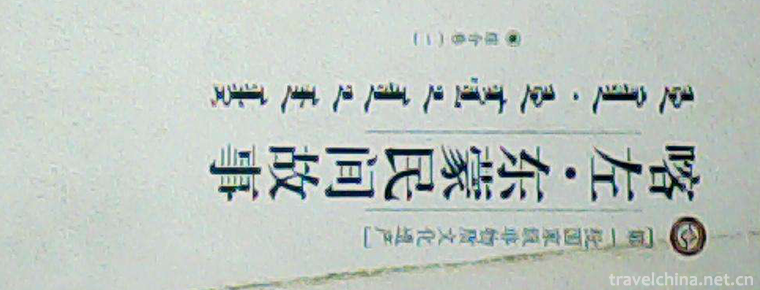Guangyou Temple Scenic Area
Guangyou Temple Scenic Area
Guangyou Temple is located in Liaoyang City, Liaoning Province, with Baita in the West and moat in the east. It covers an area of 60,000 square meters. The central axis of the north and south is archway, mountain gate, Tianwangdian Hall, Daxiong Palace, Wanfo Hall, Tibetan Sutra Building, Monk House. Bell Towers, Drum Tower, Stele Pavilion, Matching Hall and Yuantong Temple are built on both sides of the East and west. The building area is more than 20,000 square meters. The base of the Buddha statue of Nei Sakyamuni is 4 meters. The statue is 17 meters high and 21 meters long. At present, it is the highest and largest wooden sitting statue of Sakyamuni Buddha in the palace of the world.
brief introduction
Guangyou Temple Site is located in Baita Park, Liaoyang City, Liaoning Province, at a section of Zhonghua Avenue.
According to historical records, the temple was built in the Eastern Han Dynasty and was one of the earliest temples since Buddhism was introduced into China.
National AAAA scenic spot.
The highest of the five worlds;
1. The largest blue stone archway in the world, 16.9 meters high and 34 meters long, consists of 95 huge stone carvings.
2. The world's largest bronze incense burner, 12 meters long, 1.2 meters high and 2.9 meters wide;
3. The world's largest Daxiong Palace, with an area of more than 11400 square meters;
Fourth, the largest temple in the world is sitting on Buddha with wooden gold stickers.
5. The world's largest palace lamp is 4 meters high and weighs 1 ton. Inside the Guanyin Hall, two Buddha's true body and sacrifices are worshipped.
On August 27, 2002, Master Yong Kui, Vice President of the Hong Kong Buddhist Association, presented his treasured Buddhist bones and relics to the Guangyou Temple, which is now enshrined in the Yuantong Chan Temple, a subsidiary Hall of the Guangyou Temple.
The overall scenic area of Guangyou Temple is set off by the towering Baita Pagoda in Liaoyang, with the theme of temple complex including mountain gate, bell and drum tower, Tianwang Hall, East and West matching hall, Daxiong Palace and Sanbao Hall. It covers 50,000 square meters of China Square, 90,000 square meters of classical gardens, 200,000 square meters of Youth Lake Disneyland, 10 kilometers of river moat around the city and boat sightseeing. With shopping, catering and accommodation as its subsidiary, a traditional cultural commercial street in the ancient city forms a tourist scenic spot with historical culture as its foundation and religious culture, garden art and tourism economy as its connotation.
Scenic spot
Yuantong Buddhist temple
Yuantong Chan Temple is a subsidiary Hall of Guangyou Temple, built on the artificial earth platform on the north side of Baita. It covers an area of 3,000 square meters, with a building area of 1,350 square meters. The main hall is a single eave archaic building with five intermittent hills and a height of 17 meters. The plaque "Yuantong Chanyuan" is the title of Qigong, a famous calligrapher in China. "Yuantong" is the nickname of Guanyin Bodhisattva, so this hall is dedicated to the worship of Guanyin Bodhisattva.
In the center of the hall is a statue of Guanyin Bodhisattva with thousands of hands and thousands of eyes, which is 6.2 meters high. Sitting in front of the left and right are two statues of a good fortune boy and a dragon girl. They are two close servants of Guanyin. On the 1.2-meter-high Xumi pedestal on the East and west sides of the hall, there are 32 characters symmetrically arranged in order to enlighten all living beings, which are called "32 corresponding bodies".
On June 9, 2002, Yuantong Zen Hall held a grand ceremony of "Thousand Hands and Thousand Eyes Guanyin Completion", which was officially open to visitors. On August 27, Master Yongkuo, Vice President of the Hong Kong Buddhist Association, presented his two Buddhist bones to the Guangyou Temple for worship in the Yuantong Chan Temple. This has added new religious connotations and attractions to Yuantong Zen Temple, making it increasingly a hot spot for Buddhists to worship and one of the important tourist attractions in Liaoyang.
Liaoyang White Tower
Located west of Guangyou Temple, Liaoyang White Pagoda is one of the six ancient pagodas in China and a national-level cultural relic protection building. Because the bricks and tiles on the tower body and eaves are covered with white ash, they are commonly known as white pagodas. The Baita in Liaoyang is 70.4 meters high and has an octagonal thirteen-storey eaves structure. It is the tallest brick tower in Northeast China. Zhang Gu, a poet of the Ming Dynasty, once wrote poems in eastern Liaoning Province and said, "The Xiongxi Temple of the Pagoda, the golden body of the Buddha." The White Pagoda in Liaoyang is originally a Buddhist pagoda, but there are Taoist traces in its architectural style. This phenomenon has aroused widespread interest. At the foot of the tower, there is a clear spring called Taquan, which is accompanied by the White Tower.
Liaoyang White Pagoda was built in the Liao and Jin Dynasties. It is the best of the ancient pagodas in the north. It is built of brick with eighty-three layers of solid eaves, 71 meters high, divided into four parts: the base, the base, the body and the brake. According to the biography of Ta Ming and the queen and concubines of Jin Shi discovered in 1922, Wan Yanyong of Jin Shizong was built by his mother Li during the period of Jin Dading (1161-1173). After the repair, it still maintained its original style, which is one of the best brick towers in Liao and Jin Dynasties. The base was repaired three times in 1963, 1972 and 1982. In 1988, the State Council of the People's Republic of China promulgated it as a national key cultural relics protection unit
Travel?
Ticket price: 40 yuan per person. If Liaoyang local citizens, they can hold ID cards to enjoy a 10-20 yuan discount.
Address: No. 60, Zhonghua Street Section, Liaoyang City
Bus route: Take any bus route from the railway station to Guangyou Temple Station or Bank of China Station and get off.







-
Sertar County
Sertar County is a county under the jurisdiction of Ganzi ....
Views: 218 Time 2018-10-12 -
Longmen Grottoes Scenic Area
Longmen Grottoes is one of the treasure houses of Chinese stone carving art. It is now a world cultural heritage, a national key cultural relics protection unit and a national AAAAA class tourist attr.
Views: 234 Time 2018-12-09 -
Harbin Amusement Park
Harbin amusement park is located at the junction of the outer Road area and Nangang District. It was founded in 1958. Originally known as Harbin Cultural Park, it covers an area of 22.8 hectares..
Views: 109 Time 2019-01-13 -
Wild Elephant Valley in Xishuangbanna
The Wild Elephant Valley in Xishuangbanna is located in Mengzi Nature Reserve and "UNESCO Man and Biosphere Reserve" of Xishuangbanna National Nature Reserve.
Views: 130 Time 2019-02-25 -
Yao Wan ancient town
Yaowan Ancient Town is located in the southwest edge of Xinyi City, Xuzhou City, Jiangsu Province, at the junction of Beijing-Hangzhou Grand Canal and Luoma Lake, and is connected with Suqian, Suining.
Views: 224 Time 2019-03-03 -
Babao raw shell fresh shellfish
Babao raw shell fresh shellfish is a traditional famous dish in Shandong Province, which belongs to Shandong cuisine. It is made of fresh shellfish, pure winter bamboo shoots, watery mushroom, shrimp,.
Views: 196 Time 2019-03-27 -
Silkworm custom
Haining City, the ancient name is meaningful, and later because of drunken plum from wood changed its name to salted plum. This is the seat of Changshui County in the Spring.
Views: 122 Time 2019-04-04 -
Eastern Mongolian Folk Stories in Kazuo
The Folktales of Kazuo East Mongolia are spread in an oral literature in the left-wing Mongolian Autonomous County of Karaqin. Folk narrators, in the traditional way of oral narration and singing,.
Views: 111 Time 2019-05-08 -
Legend of Camel Spring
Camel Spring is a provincial key cultural relic protection unit and a patriotic education base. Located in Jiezi Township Unity Village, with convenient transportation and direct access to tertiary oi.
Views: 143 Time 2019-05-15 -
Time and reason of Ding Zhen popularity
Ding zhenhuo, a 20-year-old Tibetan Boy from Ganzi, Sichuan Province, was caught up in a short video of less than 10 seconds. The uploader of the video and the photographer "BOGO" who shot Ding Zhen also attracted netizens' attention. Talking about his first impression of Ding Zhen.
Views: 241 Time 2020-12-06 -
Mineral resources in Leshan
Leshan City is rich in mineral resources, 34 kinds of mineral resources have been proved, especially non-metallic minerals, with great development potential. Among them, the total amount of proven rock salt resources is 10.5 billion tons, with an annual.
Views: 151 Time 2020-12-17 -
Nanchong economy
In 2019, Nanchong's GDP will reach 232.222 billion yuan, an increase of 8.0% over that of 2018. Among them, the added value of the primary industry was 40.425 billion yuan, an increase of 2.9% over 2018; the added value of the secondary industry was .
Views: 340 Time 2020-12-17
